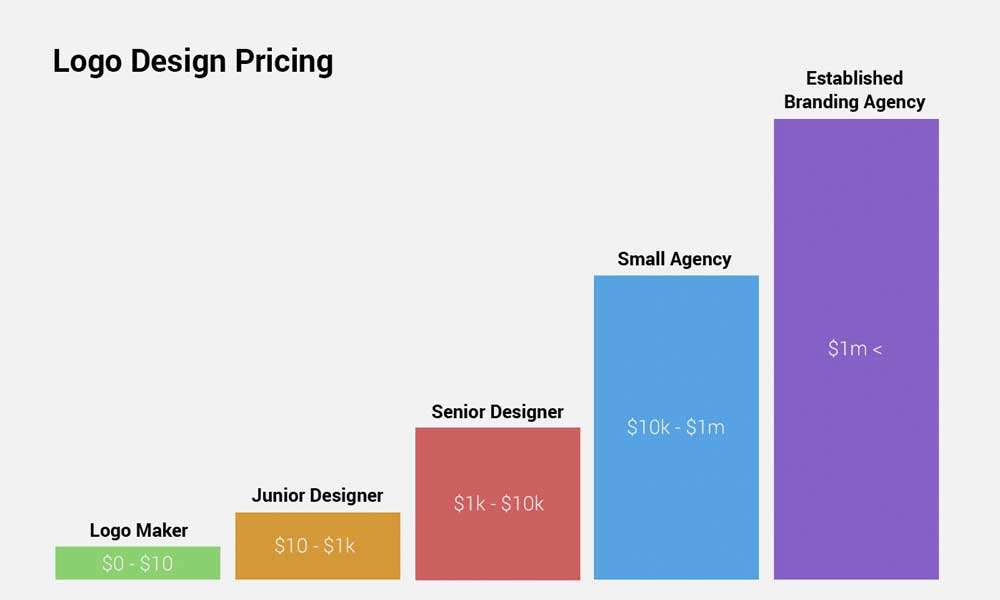
11 Feb How much does Branding cost?
How Much Does Branding Cost?
Branding has become increasingly pervasive in the last few years, with companies like Google, Apple and Facebook investing millions of dollars to make their products look distinct from one another.
But what exactly is a “branded” product anyway? And why would anyone pay big bucks to have their product associated with something else?
First off, let’s define our terms. A branded product is any product that carries its own name. So when we talk about branded technology today, we mean laptops, smartphones and even software applications.
When we discuss clothing brands, we’re talking Levi’s, Old Navy and the Banana Republic. The same goes for beverages (Coca-Cola), cars (Mercedes) and restaurants (McDonald’s).
These are all examples of well-known businesses whose identity is defined by a recognisable logo design, colour scheme and style.
Smaller companies can also benefit from having a solid brand. For example, Target doesn’t just sell groceries and electronics at discount prices. Rather than competing solely against other retailers, the Minnesota-based chain strives to create an atmosphere where customers feel good about themselves while shopping.
In addition to offering low prices, they offer friendly service and competitively priced promotions. As a result, more people shop there year after year.
Much attention gets paid to the appearance of these types of products because consumers want them to be recognised as belonging to specific brands. They expect certain features and benefits from each product. If those expectations aren’t met, buyers will often feel ripped off.
That’s why manufacturers devote considerable time and money to creating unique logos, designs and packaging.
But not every type of business needs to invest heavily in branding. Some entrepreneurs believe that it simply isn’t worth the expense.
Others say that unless a startup is already successful enough to justify the investment, they shouldn’t bother.
What should you think about before you decide to go ahead with it? Keep reading to find out.
Can You Afford To Spend On Branding?

Before investing funds into developing a new brand, consider whether your business needs one. Even though most established corporations use branding techniques to increase sales and profits, this strategy may not work for startups.
Why? Because young companies typically don’t possess enough capital to develop and market separate versions of their products. Sometimes, founders lack the expertise needed to develop creative ideas and execute them effectively. Finally, they might have trouble finding investors who’ll support them long enough to gain traction.
So if your company lacks resources, the branding cost alone probably won’t help generate revenue. However, if you’ve raised significant funding, you can perhaps afford to dedicate a portion of your budget toward building a memorable presence among potential clients.
Another factor to keep in mind relates specifically to marketing. Smaller organisations often rely on traditional advertising methods instead of word-of-mouth referrals to attract new customers.
This means they need to advertise consistently to stay visible in front of prospective patrons. However, they could be overshadowed by a prominent brand by larger competitors.
One way to avoid falling behind is to partner with a reputable consulting firm that specialises in branding and marketing services. Such firms can provide guidance and advice based on experience, helping new businesses get started without breaking the bank.
Of course, consultants charge anywhere between $100 and hundreds of thousands of dollars per project, depending on the scope of services required. Before hiring someone, ask yourself how valuable you will compare the assistance provided by your consultant to the branding cost attached to the job.
Next, let’s take a closer look at startup branding expenses.
When was the last time you saw a pair of fashion shoes labelled Nike or Adidas? If you answered recently, you haven’t followed fashion trends very closely.
More recently, famous designers like Marc Jacobs and Michael Kors have made sneakers trendy again. Today, many celebrities wear designer clothes and accessories. All of which serve as visual representations of different industries’ identities.
What Are the Costs Involved With Startup Branding?
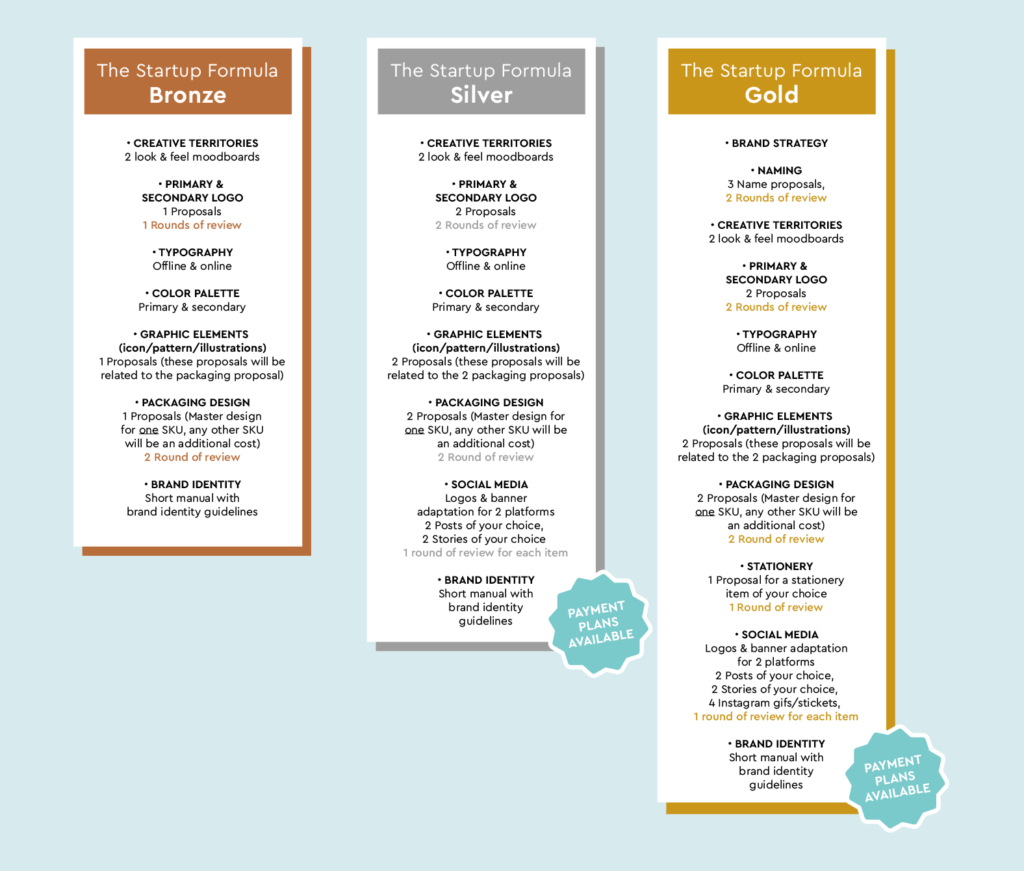
Now that you understand what branding is all about, here comes the hard part: determining the actual value involved in making such investments.
There are two common ways to calculate the branding cost: surveys or estimates. Surveys require participants to complete questionnaires regarding their opinions on various aspects of the brand.
Estimations involve measuring factors like customer satisfaction, loyalty levels and overall profitability. Both approaches yield similar results: a high return rate for highly profitable brands.
Of course, not everyone wants to put their entire stock portfolio into brand development. Many companies prefer to spread out the costs over several years rather than sinking everything into a single venture.
In general, if you plan on growing beyond the startup stage, then branding becomes essential. After launching successfully, many budding enterprises continue to evolve by introducing new items, updating existing ones or expanding to additional markets.
For instance, Zappos began selling footwear online right around the millennium. Its founder, Tony Hsieh, wanted to focus primarily on shipping boxes rather than providing shoe displays. Since he couldn’t see the shoes himself, he reasoned that showing off merchandise wouldn’t matter.
Instead, Zappos relies on pictures taken by employees during delivery trips. Other retail giants soon followed suit, realising that focusing on logistics allowed them to grow faster and stronger.
As you can tell, spending money on branding takes careful consideration. Here’s a breakdown of what kind of financial impact branding cost has had on significant companies.
In 2011, Coca Cola spent nearly 1 billion dollars on global promotion and advertising efforts related to its flagship beverage. Despite the considerable sum, the soft drink giant still earned $3.2 billion in net income that same year.
On the other hand, Apple only dedicated about 0.5 per cent of annual revenues to promoting its Mac line of computers in 2010. The remainder went towards research and product design.
There’s no set answer for how much money to allocate for branding costs. Depending on your industry, goals and current standing, the decision ultimately falls on you.
Now that you know the basics about branding, next, we’ll explore the possibility of going broke trying to launch a startup.
According to Forbes magazine, McDonald’s is ranked number one worldwide sales. Yet despite its success, the hamburger restaurant remains less known outside its domestic borders.
One reason for this is that McDonald’s spends less than 2 per cent of its revenues on branding compared to Burger King’s 5 per cent. Another theory suggests that McDonald’s offers superior food quality versus its competitor. Whatever the case, it seems clear that branding plays an integral role in achieving international dominance.
What Does Branding Cost for Large Companies?
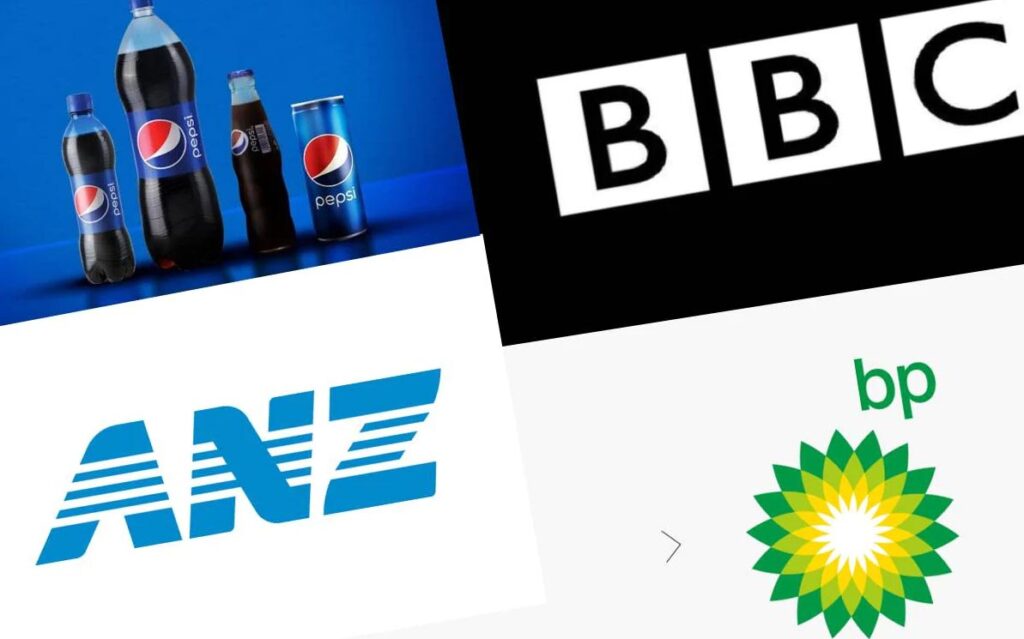
Even with all the planning and promotional effort to establish a brand, things sometimes don’t pan out. Sometimes businesses fail to achieve recognition with their target audience, while others lose interest once they see positive returns. Regardless of the outcome, failure to reach critical benchmarks can lead to ruinous consequences.
Let’s revisit how three large corporations fared financially after dedicating portions of their budgets toward branding initiatives. First, let’s examine Best Buy Co., Inc.
Best Buy invested approximately 1 per cent of its total 2009 earnings into marketing activities. According to CEO Hubert Joly, the retailer plans to spend roughly 3 per cent annually on marketing. The company views branding as an ongoing process.
Sears Holdings Corporation didn’t fare too badly:
During fiscal 2008, Sears devoted 6 per cent of yearly revenues to branding. Unlike Best Buy, the department store operator focused mainly on local advertising campaigns instead of national outreach.
By comparison, Wal-Mart Stores, Inc.’s branding expenditures accounted for 16 per cent of its total sales.
Finally, let’s check in on New Balance Athletics:
New Balance allocated 7 per cent of its profit margin to branding and marketing. Most notably, the athletic apparel manufacturer increased its advertising budget by 20 per cent in response to lacklustre performance.
Overall, the company reported a 25 per cent drop in quarterly profits, yet it managed to earn a respectable amount of cash for the period.
In short, branding cost represents a risk for both winners and losers. Either you succeed, or you fail. No middle ground exists.
Fortunately, various tools help companies to remain afloat without a distinctive image. Take a moment to review these five popular metrics:
Customer Satisfaction: Measuring consumer reactions to a product helps managers discover improvement areas. Companies using survey data usually report higher ratings from satisfied users.
Loyalty Levels: Loyalty programs reward frequent shoppers with freebies and discounts. Studies show that loyal customers bring in more than twice the average ticket size. Therefore, retaining repeat customers is key to maximising profits.
Return on Investment (ROI): ROI calculations measure the effectiveness of marketing strategies’ effectiveness within a given timeframe. Generally speaking, the metric shows how much money a campaign generated relative to the initial expenditure.
Brand Awareness: The extent that a targeted audience recognises a particular trademarked item. Marketers try to improve brand awareness via TV commercials and print advertisements.
Branding is an Investment; Not an Expense
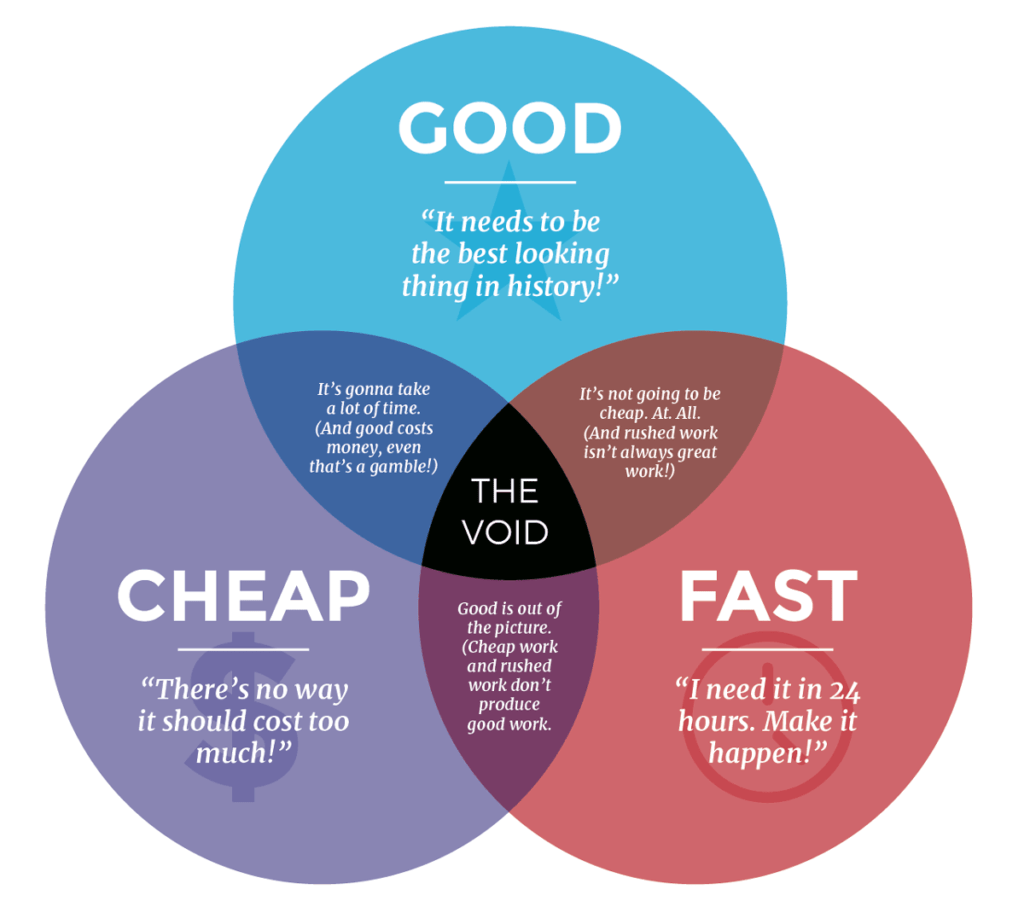
It’s a question that many business owners ask when they’re looking to start their venture or expand an existing brand strategy. I was so intrigued by this question that I decided to break down exactly what it means and why it costs so much for businesses to invest in branding.
To understand branding cost, think about how we use words like “beautiful” and “expensive.” When we say something is beautiful, we mean it has value beyond its appearance – that it’s valuable.
And while “expensive” may seem synonymous with costly, there are other connotations to using those two words together. For example, “I love that dress; it looks gorgeous on you,” but also, “That dress is too expensive!”
Brands have similar meanings behind them. They should communicate value without being tied to price tags (or at least not be seen as cheap).
So how do brands measure up against these ideas? How can you determine whether spending your company’s hard-earned cash on branding will pay off? Is branding all that important that it requires such hefty investments from companies?
Here are some key things to consider before investing in any branding activity.
1) Are customers loyal to specific brands over others?
Many consumers might prefer Coke over Pepsi because they believe Coke tastes better than Pepsi. However, Coca Cola doesn’t necessarily need to spend millions of dollars on advertising to convince people that it’s just as good as (if not better than) Pepsi.
The reason is simple: no matter which flavour someone prefers, Coca Cola provides enough customer loyalty to make a profit regardless of who’s selling more soda at the moment. This level of trust between consumer and product creates opportunities for brands that don’t require substantial ad budgets.
Likewise, even though Apple products aren’t known for having great user interfaces, the company makes billions of dollars every year based on word-of-mouth recommendations alone.
People buy iPhones because they know that the device offers top quality and reliability, and they won’t switch to Android unless the experience drastically changes.
Suppose you want to create a successful brand. In that case, you’ll first have to establish a reputation for delivering high service and satisfaction levels through superior design, innovation, manufacturing, etc.
You’ll have to build up that image incrementally until users feel confident enough to recommend your services to friends and family. You could achieve success through trial and error and intelligent strategic decisions with little investment, but only after years of consistent effort.
2) Do competitors already dominate the market?
When you see a new type of car showroom pop up overnight, chances are you aren’t going to go check out the competition right away.
Why would you waste your precious free time comparing prices across multiple dealerships when you’ve never driven anything else quite like it?
Once again, the answer is pretty straightforward: the dealer probably didn’t need to advertise heavily to get you interested in buying this particular model. They likely had a solid foundation of established relationships with local drivers that helped them land sales quickly.
Now imagine trying to compete with Ford Motor Company in terms of size and influence when you’re relatively unknown. A large corporation can afford to throw thousands of dollars into television commercials each month to reach more potential buyers.
Smaller firms often lack the resources necessary to produce extensive media campaigns and rely on less effective billboards and print ads.
3) Does your target audience care about your brand identity?
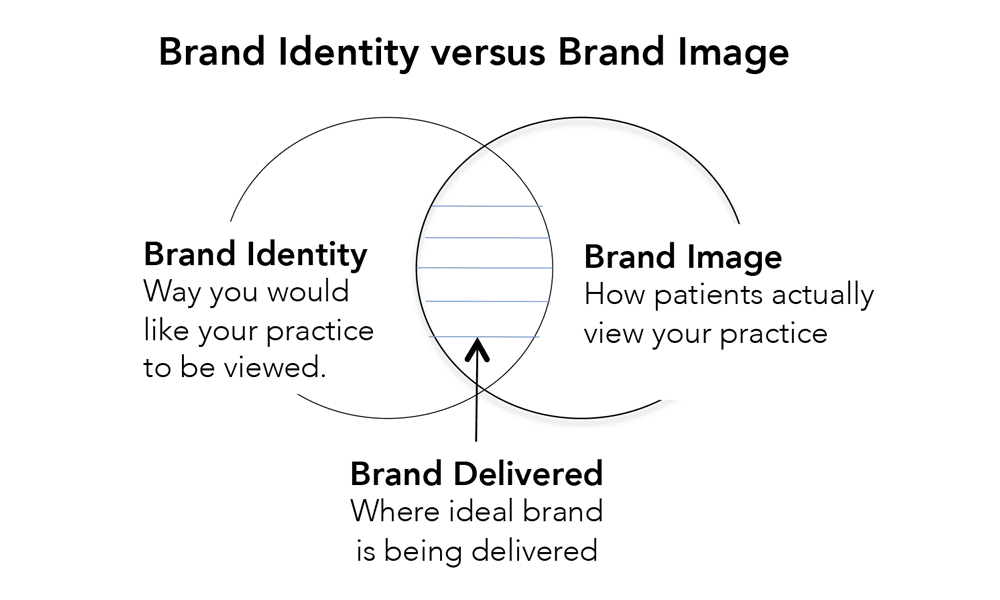
The ultimate goal of establishing a solid brand presence is to connect emotionally with consumers, allowing them to develop meaningful connections with our products or services.
Think back to how excited you were when you discovered a new favourite restaurant, movie theatre, store, etc. What made you fall head over heels for it above everything else available in the area?
Chances are it wasn’t the logo plastered outside or fancy window dressing inside. Instead, the feeling emanated from the entire atmosphere, including food & beverage selection, seating areas, cleanliness, helpful staff members, attentive hostesses, friendly patrons, etc.
That’s what sets apart popular restaurants and stores from mediocre ones. So if you want to stand out amongst competitors, look for ways to add unique elements to your offerings that your competitors can’t match.
4) Can you easily differentiate yourself from competitors without breaking the bank?
A lot goes into developing a distinctive style among competing brands. Not only must you come up with original ideas to set yourself apart from competitors, but you also need to execute well and work harder than anyone else to ensure consistency throughout different aspects of your branding efforts.
Creating a cohesive visual identity takes careful planning, experimentation, iteration, feedback, adjustments, tweaking, and lots of patience, from logos to packaging to website development to social media accounts.
Branding experts advise that minor tweaks rather than radical overhauls yield more significant results in today’s competitive environment, especially since changing core values isn’t always feasible due to legal regulations and industry standards.
5) Will your branding efforts help grow revenue streams?
While designing memorable experiences for consumers helps boost profits, branding isn’t solely meant to turn a quick buck. Successful brands aim to offer lasting benefits to both current and future customers.
Some examples include offering higher education discounts for employees’ children, providing insurance coverage for pets left home alone during natural disasters, and helping families save money on utility bills during cold seasons.
These initiatives allow companies to strengthen bonds with their clients, increasing profitability.
6) Will your branding efforts increase productivity?
If you run a bakery hoping to attract new customers, placing colourful posters around town probably won’t improve efficiency very much.
Likewise, if you plan to open a bed & breakfast and intend to offer guests complimentary wine tastings, adding a classy yet relaxing ambience to your rooms probably won’t bring in extra bookings either.
However, running a construction firm focused on building custom homes, installing state-of-the-art lighting systems in commercial buildings, or upgrading old office spaces to accommodate modern technology will raise worker morale and production quality.
7) Shouldn’t branding reflect your personality?
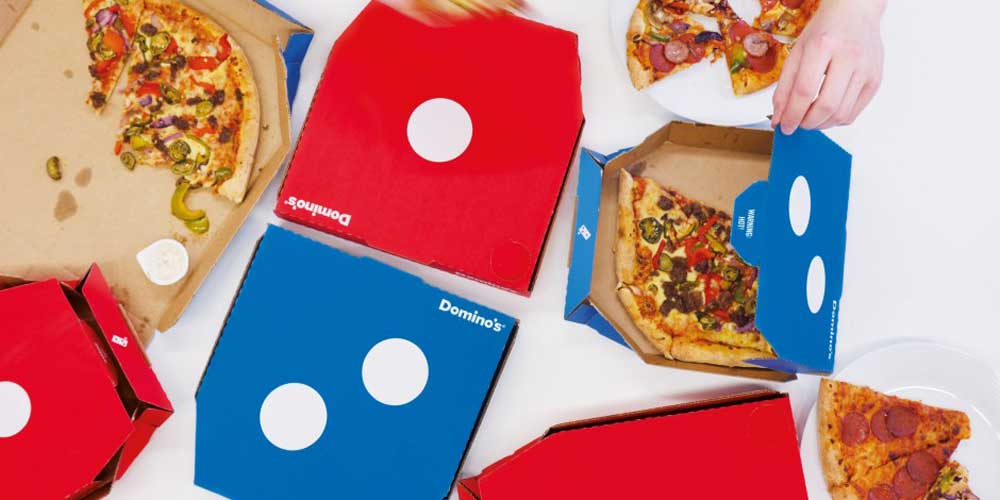
In general, yes! Your brand represents the face of your organisation, so it needs to convey your vision, persona, mission statement, tone, voice, culture, history, goals, principles, beliefs, etc.
Remember to keep your branding accurate and avoid clashing styles with competitors. Otherwise, you risk diluting your message and losing authenticity along the way.
8) Is branding cost limited to tangible assets?
There are times when intangible assets like websites, software applications, patents, trademarks, domain names, search engine rankings, etc., deserve special attention alongside physical goods.
Although they aren’t technically considered part of a company’s overall inventory, these assets represent real financial gains and play instrumental roles in attracting new clients and retaining existing ones.
Therefore, savvy entrepreneurs recognise the importance of incorporating non-physical components of marketing strategies into their plans.
9) How committed are you to maintaining brand consistency?
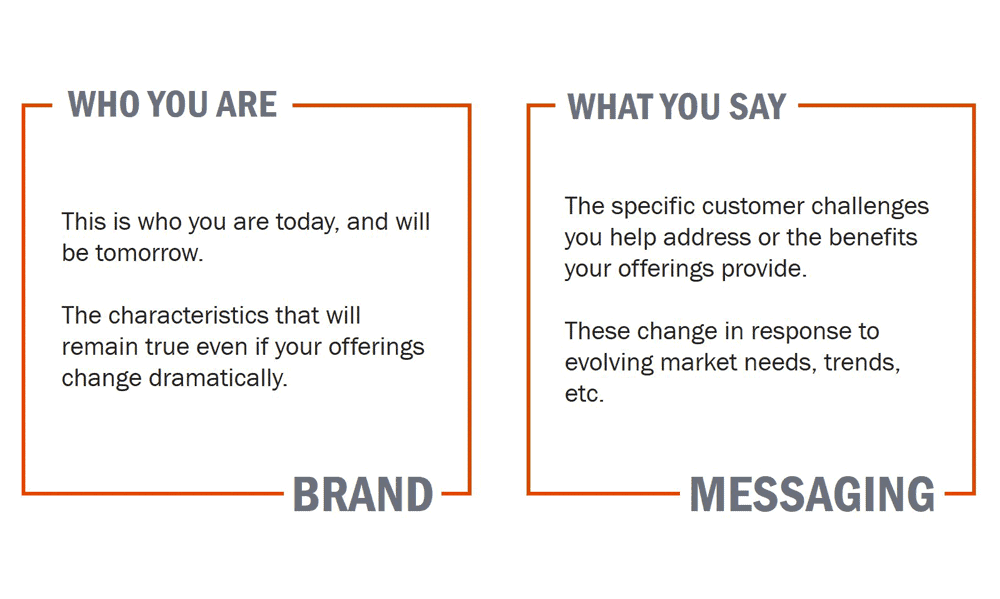
One surefire way to lose control of your brand is to let it morph over time. We all know that fashion trends change frequently and sometimes even within the same season, so why wouldn’t you apply the same logic to branding?
Even if you decide to alter your colours slightly here and there, you shouldn’t tamper with fundamental characteristics like fonts, shapes, images, layout designs, font sizes, spacing, headlines, body copy, taglines, etc.
Stick to recognisable patterns and themes in case visitors become confused and wonder if your site is outdated. Also, don’t forget to update your content regularly to stay relevant to the ever-changing nature of web technologies.
10) Is branding worth the costs?
As previously mentioned, branding is primarily used to distinguish your company from competitors. To put it another way, branding is essentially the act of giving your enterprise a unique identity that allows your customers to identify you as belonging to your specific category.
In addition to boosting revenues, branding enables you to scale your operation more efficiently and effectively manage growth over time.
Overall, branding gives rise to a positive return on investment once you factor in marketing, operational efficiencies, employee training, management, etc.
11) Does your budget prevent branding options?
No, but it limits creativity unless you’re willing to fork over hundreds of thousands of dollars or more per year.
The post How much does Branding cost? is by Stuart and appeared first on Inkbot Design.


